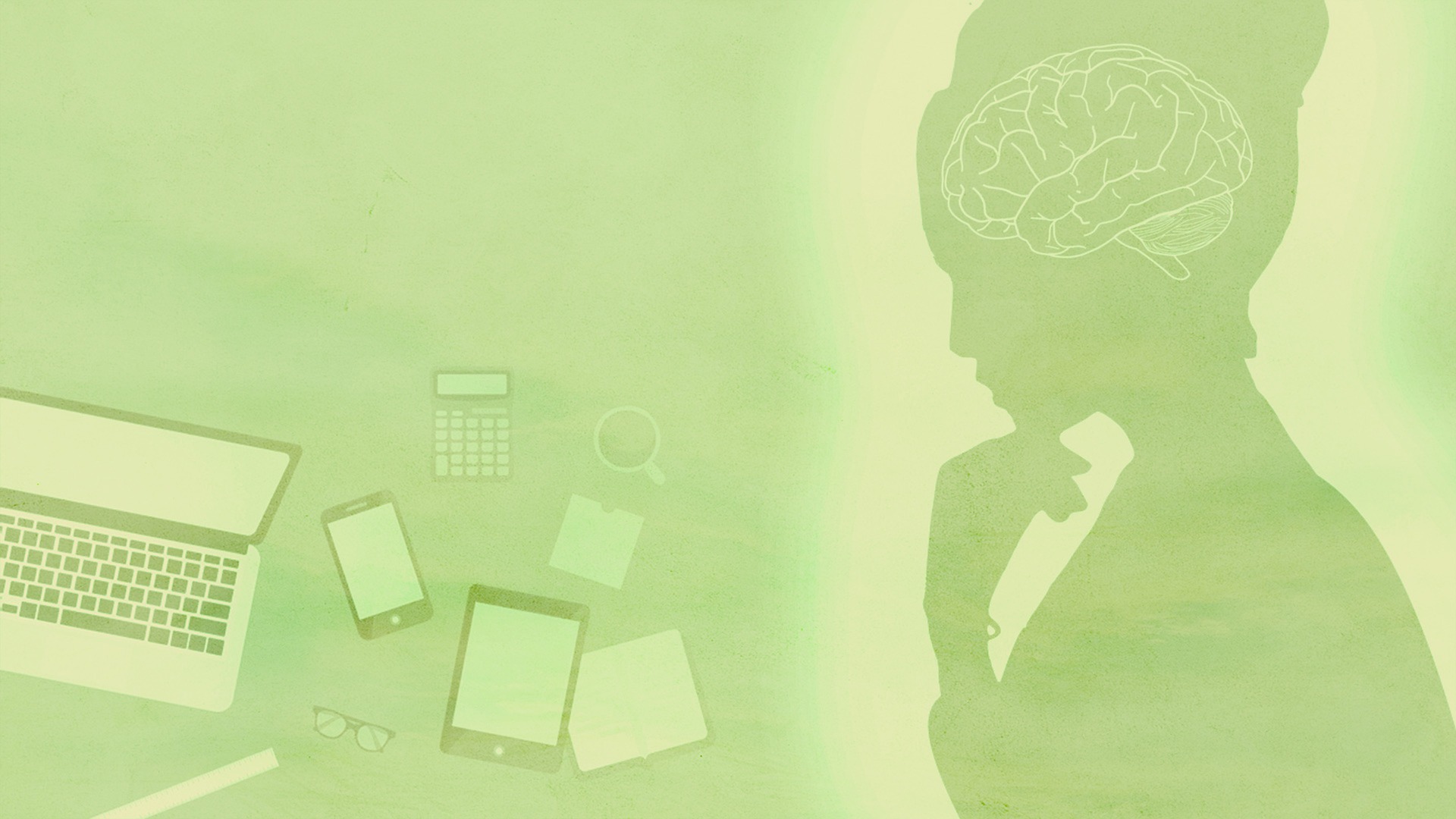Why do consumers make certain buying decisions? What motivates them? And how can you influence those decisions?
Enter marketing psychology.
Marketing psychology anticipates buyer behavior by understanding our cognitive biases. What’s a cognitive bias? It’s essentially an error in thinking that occurs when people are processing and interpreting information and affects the decisions and judgments that they make.
So how does this relate to marketing?
A consumer’s decision-making is largely driven by innate biases. As marketers, we can use psychological insights to optimize campaigns, ads, and copy to drive purchase behavior.
Let’s look at a few marketing psychology principles.
Marketing Psychology – Social Proof
What’s social proof? Essentially, it’s doing what other people are doing because other people are doing it. This is a great way to attract new customers.
How can you use social proof in your marketing?
Write copy promoting things like fans, reviews, popularity, and other shoppers looking at/buying your products.
A referral program can get current customers to spread the word about your company.
Marketing Psychology – Scarcity
People place a higher value on items if there is a perceived shortage. This means that consumers are more likely to buy something or pay more for it if they think the product is in short supply.
In your copy you can use phrases like “while supplies last,” “limited time only” and “ends tomorrow” to let customers know they’ll miss out if they don’t act fast.
Marketing Psychology – Loss Aversion
Losing something weighs more on a person’s subconscious than winning something. People will do anything they can to avoid loss.
Loss aversion and scarcity may seem similar, but the focus is different for each.
With scarcity, you are emphasizing that there is a limited supply of an item, but with loss aversion, you’re letting consumers know they might lose something they already have.
You can use free shipping for an order amount over a certain figure and show the customer what they lose in shipping costs if they don’t meet the minimum.
This also works with free trials – show a customer what they’ll lose if they don’t continue after their free trial ends.
Marketing Psychology – Anchoring Bias
Anchoring influences how we view a product by comparing it to something else.
A prime example is discounted prices (crossing out your previous price offering and comparing it with the new one). The original price becomes a reference point (anchor) for the customer, making the deal seem better by comparison.
Marketing Psychology – The Decoy Effect
This practice introduces a third, less attractive option, making a more expensive product seem like a better deal than when there are only two products to choose from.
When there are only two options, consumers directly compare the price and quality of the products. Adding a third option changes the customer’s mental picture of the available products and makes it more likely that they will choose the more expensive option.
This works well with bundling – displaying the pricing of the individual elements compared with the better-priced full bundle.
Putting it all together
Applying marketing psychology can help you learn what makes your customers tick – and how that influences what they buy.
Farmhouse Creative is always happy to help with your marketing strategies. Feel free to contact us.

